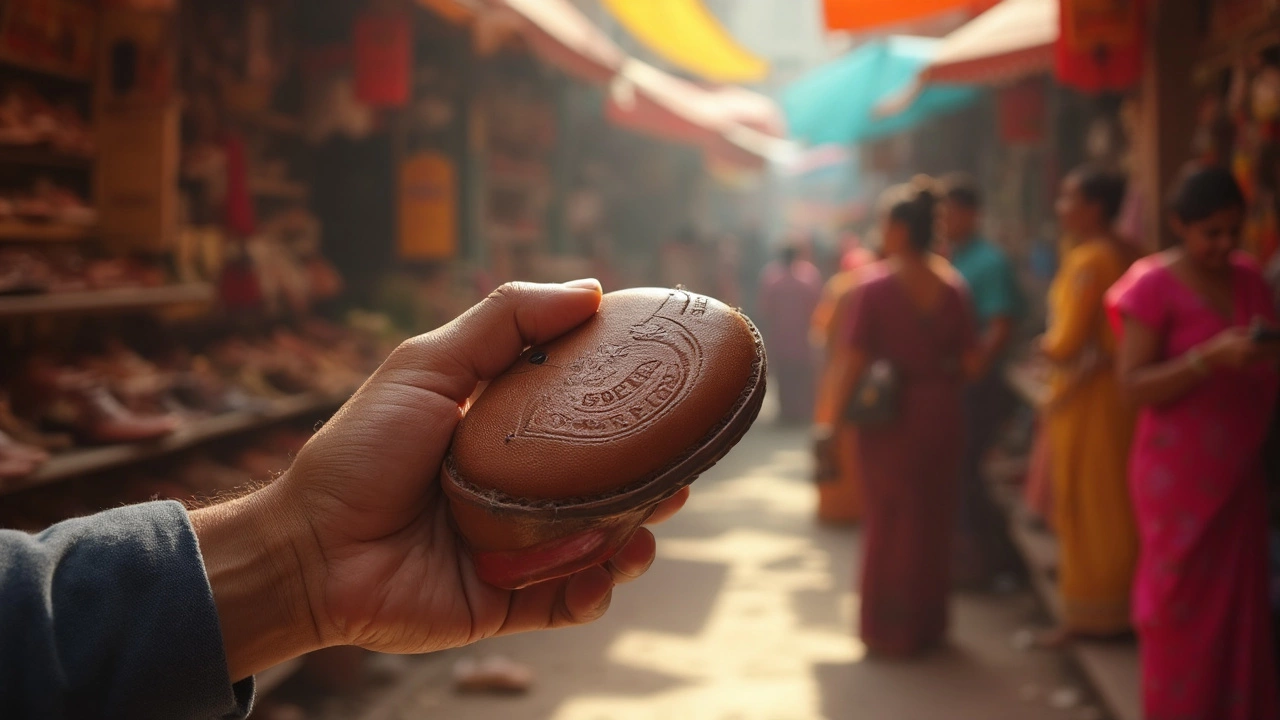Footwear Labels: What They Are and Why They Matter
When you shop for shoes, you often see a small tag or logo on the inside of the shoe. That’s a footwear label – a quick way for manufacturers to tell you who made the shoe, what material it uses, and sometimes how to care for it. Think of it as the shoe’s ID card. Knowing how to read that card can save you money, avoid discomfort, and help you build a wardrobe that actually works for you.
How to Read a Shoe Label in Seconds
A typical label includes three key parts: the brand name, the material code, and care instructions. The brand name is obvious – it tells you if you’re looking at a trusted name like Arman Fashion or a new indie label. The material code might read “LEATHER” or “SYNTHETIC” and sometimes includes a percentage, like “80% PU, 20% leather”. That tells you how the shoe will feel and how long it might last. Finally, care instructions are short phrases like “Wipe with a damp cloth” or “Professional clean only”. If you see anything about waterproofing, that’s a good sign for rainy days.
One quick trick is to look for certifications such as “ISO” or “OEKO‑Tex”. Those marks mean the shoe has passed safety or eco‑friendly tests. Spotting them can be a bonus if you care about sustainability.
Choosing Shoes Based on Labels
Now that you can decode a label, use that info to match shoes to your lifestyle. Need a pair for long office days? Look for genuine leather or high‑quality faux leather with a breathable lining – the label will usually say “full‑grain leather” or “micro‑fiber”. Planning a hike? A label that mentions “water‑resistant canvas” or “rubber outsole” signals durability.
If you’re on a budget, synthetic materials listed on the label can still offer comfort. Brands like Arman Fashion blend PU and textile layers to create shoes that feel like leather without the price tag. Just check the material ratio – a higher PU content means easier cleaning, while a blend with cotton gives a softer feel.
Comfort also ties into the shoe’s construction. Labels that note “cushioned footbed” or “memory foam insole” are worth trying if you stand a lot. Those cues save you from buying a pair that looks great but aches your feet after a few hours.
Lastly, don’t ignore the tag’s size information. Some brands run small or large. Comparing the label’s size chart to your usual shoe size helps you avoid returns.
Understanding footwear labels turns a confusing shopping trip into a quick, informed decision. Whether you’re after a sleek dress shoe, a casual sneaker, or a sturdy work boot, the label gives you the clues you need. Keep this guide handy next time you slide a shoe off the rack – a few seconds of label‑reading can make a big difference in comfort, durability, and style.

